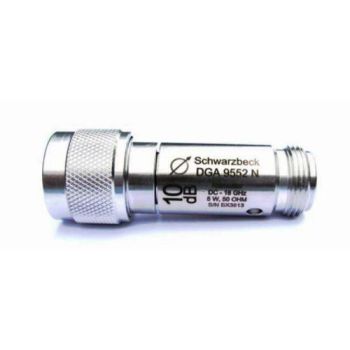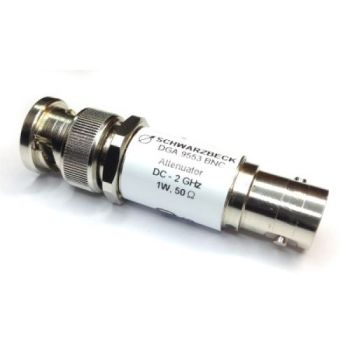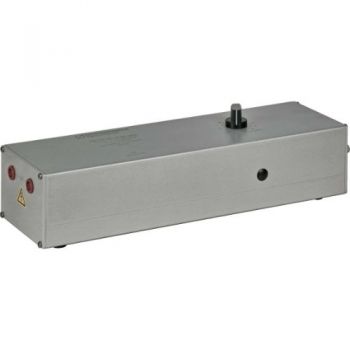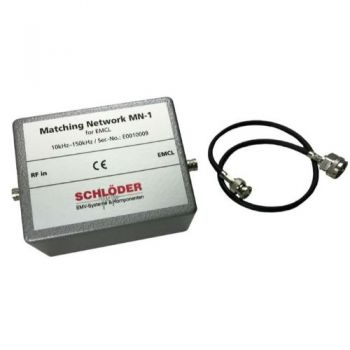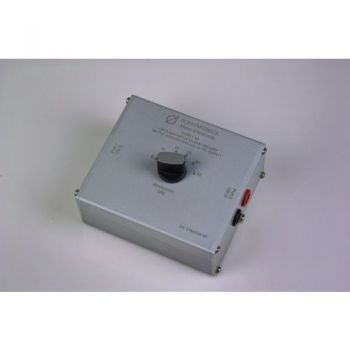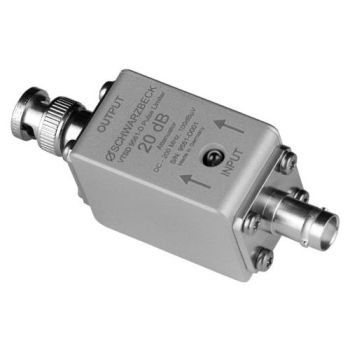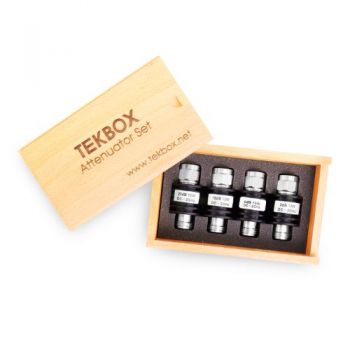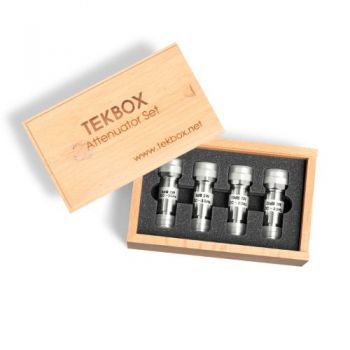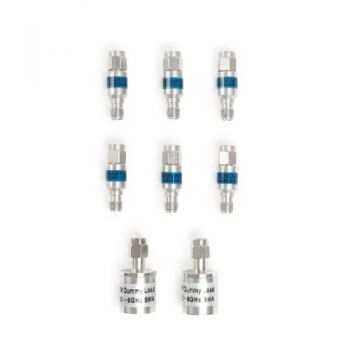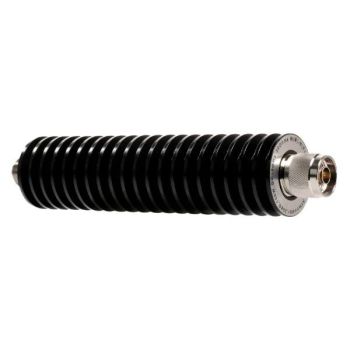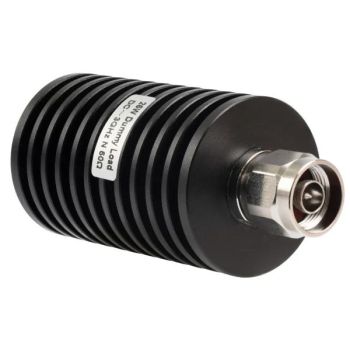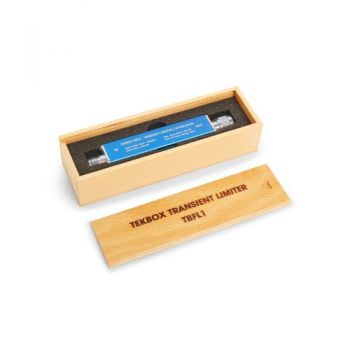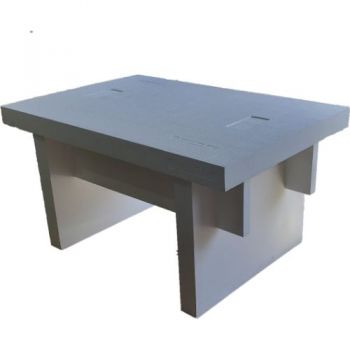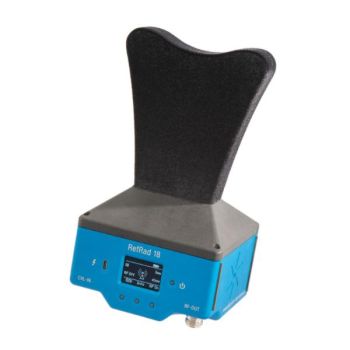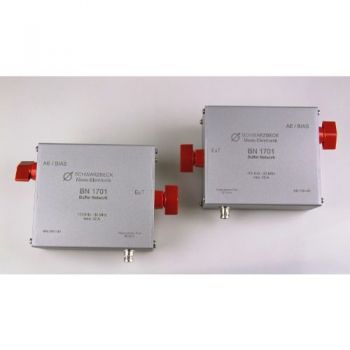
BN 1701, Buffer network
Buffer network (CISPR 17)
Frequency range: 100 kHz - 30 MHz
max. 32 A
BN 1701, Buffer networkCISPR 17 describes Methods of measurement of the suppression characteristics of passive EMC filtering devices. The following three methods are mainly applied:
Since EMC Suppression Filters do not come with coaxial connections there is a need for suitable measurement equipment to obtain reliable measurements. The international standard CISPR 17 includes several methods and measuring equipment which is useful to compare EMI suppression parts among each other and allows an efficient selection of appropriate EMI suppressor devices. The MIL-STD-220 includes also methods to measure the insertion loss of passive EMI filters.
Especially when measuring filters coupling networks (so-called buffer networks) are required which are able to apply the current that occurs during regular operation to the device under test. Nevertheless, the buffer network may not influence the measurement and it is supposed to protect the measuring equipment from getting damaged by the test current injected. Usually, it is required to connect one buffer network each to the input and to the output of the device under test. The networks consist of L/C high pass filters. Sometimes these buffer networks are called “BIAS Tee” or “DC BIAS” as well. Within the standard CISPR 17, you can find the principle schematic in figure 1 in annex D. C1 decouples the DuT from the generator respectively from the level meter. Its impedance has to be small in proportion to the system impedance especially at low frequencies and it must not show disturbing self-resonances. The inductor L1 provides the current from the load source to the device under test The impedance of the coil has to be big enough within the frequency range of the test set-up to prevent the measurement result from being distorted. The capacitor C2 blocks RF from the load source.
|


